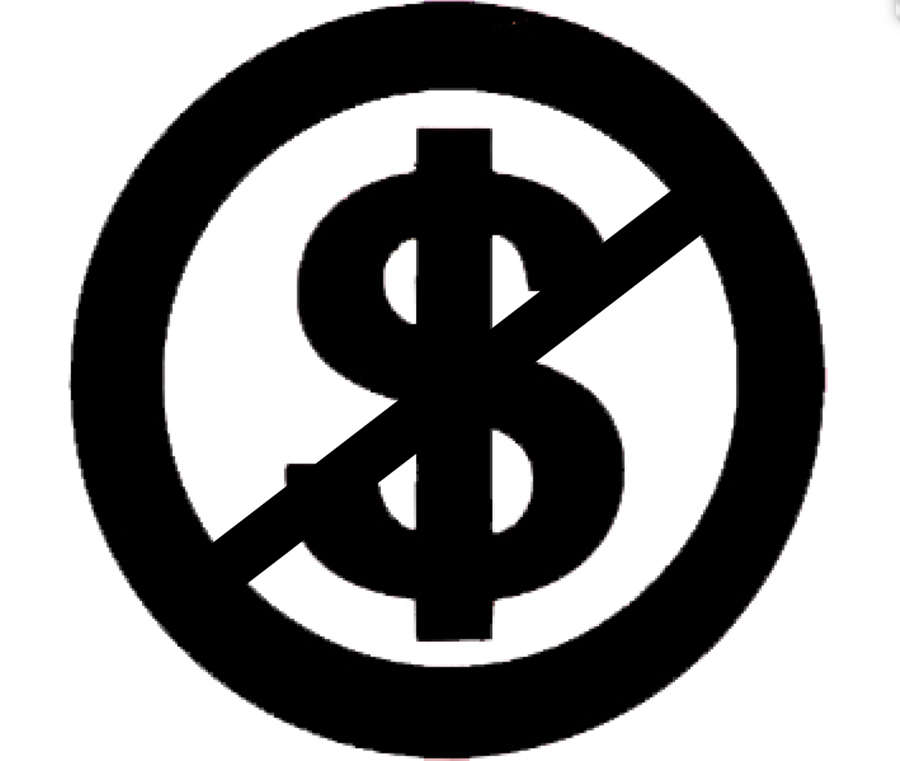Zaturdays: Keeping Skateboarding Free
Posted on Saturday, March 11, 2017 by Paul
In the 1970s and early 1980s, there were no skateboard videos. There were only skateboard magazines, like Thrasher and Transworld. Companies paid for advertising in these magazines. Subscribers paid for the magazine to get shipped to their houses. The magazines didn’t come to you for free. Yet skateboarding, besides the cost of buying the board, was free. In the mid 1980s some of the first skate videos appeared, like Skate Visions, and The Bones Brigade Video Show. Skateshops ordered these videos and kids would go to shops and buy them. The shops didn’t give them away, and yet skateboarding itself remained free. In the 1990s videotapes were replaced with DVDs, but it was the same principle, you’d buy them, and that’s how things stayed until around 2000 when the Internet began to deliver video content reliably enough to make it fun to watch. Somewhere along the line companies realized that putting footage online free of charge was better for their business than selling it, because well, things had changed. The status quo of selling videos no longer really worked for them and free video was a sensible idea for companies that had products to sell. Content production was simply a marketing expense. And while even media companies like TWS and Thrasher went heavy into online content, there was always a push to keep selling the print magazines and to keep getting brands to support them with advertising. Moving on, sometime in the mid to late 2000s we saw the Berrics emerge, and while they provided free content, they also depended heavily on sponsorship dollars to help support that content, and they tried to sell you stuff on top of it. Of course they did, really how else could it work? Then SLS came onto the scene, and while yes they were running a contest series, it was just as much about creating content as it was doing the events themselves, and like the Berrics, SLS also had sponsors helping to support the structure. But through all the change over all the years, the gradual shift to everything going online gave every company the ability to create and distribute its OWN content. Gone were the days when a company had to advertise in a magazine (or even start their own) to guarantee good press. Gone too were the days when a company had to sponsor contests or even take their team on a tour to get its name out into the world. Instead, an era of easy self-promotion was ushered in, cheap, fast, direct, unfiltered. And thus, traditional media companies and events started to feel the squeeze. They found themselves competing in many ways with the same companies that used to support them. And that brings us to 2017. There’s been a lot of talk online about the validity of paying for access to content and the sentiment of “keeping skateboarding free” is strong. But the thing is, skateboarding was, and is still free. Creating content however, is not. In fact, throwing a world-class level contest, like Tampa Pro, costs a LOT. To scratch the surface we bring in 5 professional judges, 3 announcers, a staff of roughly 20 to produce the webcast, 3 people handling registration, 2 photographers, 2 filmers, a door guy, parking attendants, an accountant, and at least 10 other people to handle all of the things that come up when the entire skate industry comes to your skatepark. Not to mention the expense of beaming a television quality webcast out to the world. The shipping bill for the equipment alone would blow your mind. Oh, and then there’s the $75,000 prize purse, and additional $10,000 for the Converse Concrete Jam purse. If it’s going to happen at all, it’s gotta get paid for somehow. So, while I’m not going to argue the fact that when given the chance to have something free versus paying for it I’ll almost always go with free, some things might be worth paying for. But at least skateboarding will always be free.


Comments
Article Archive by Category
- All Ages Contests
- Anniversary Parties
- Art Shows
- Awards Ceremonies
- Boards for Bros
- Booze Cruise
- Celebrity Sightings
- Chill Cam Dumps
- Christmas
- Clash of the Crews
- Coastal Carnage
- Comedy
- Cons Triple C's
- Contest and Event Coverage
- Copenhagen Pro
- Course Construction
- Damn Am
- DC King of Series
- Demos at SPoT
- Digital Product Toss
- EOTM Parties
- Event Schedules and Details
- Franks for Nothing
- Go Skateboarding Day
- Heat Sheets and Skater Lists
- Industry Event Coverage
- Information About SPoT
- Make-A-Wish Contests
- Maloof Money Cup
- Nerdsday Thursday
- News and Press Releases
- Parties
- Product Watch
- Red Bull Events
- Road Trips
- Shoe Releases
- Shop Tours
- Skate Bid'niss
- Skate Missions
- SPoT Skate Shop Ybor
- Tampa Am
- Tampa Pro
- The Bricks
- Throwback Thursday
- Tourist Missions
- Toys for Tatas
- Trade Shows
- Vans Downtown Showdown
- Video Premieres
- Warped Tour
- Zaturdays
Shop
- Accessories
- Backpacks/ Bags
- Beanies
- Bearings
- Belts
- Complete Skateboards
- Decks and Boards
- DVD's
- Girls Gear
- Griptape
- Hardware
- Hats
- Headphones
- Jackets
- Jerseys
- Kids Shoes
- Long Sleeve Shirts
- Magazines/ Books
- Pads and Helmets
- Pants/ Jeans
- Sale/ Closeout
- Shoes
- Shorts
- Socks
- Stickers
- Sunglasses
- Sweaters/ Hoodies
- Tank Tops
- T Shirts
- Trucks
- Wallets
- Watches
- Wheels
- Woven/ Polo/ Knit Shirts

